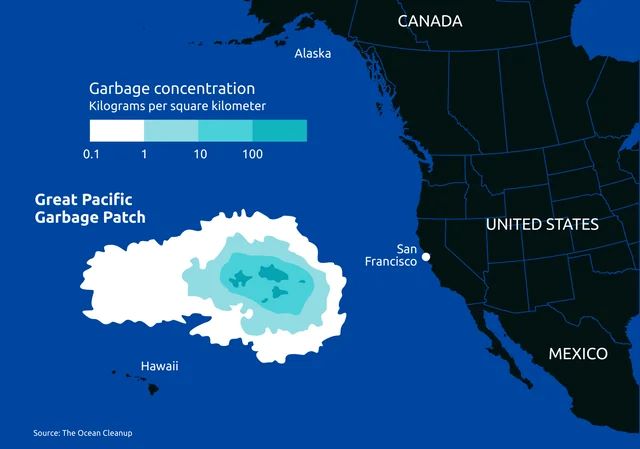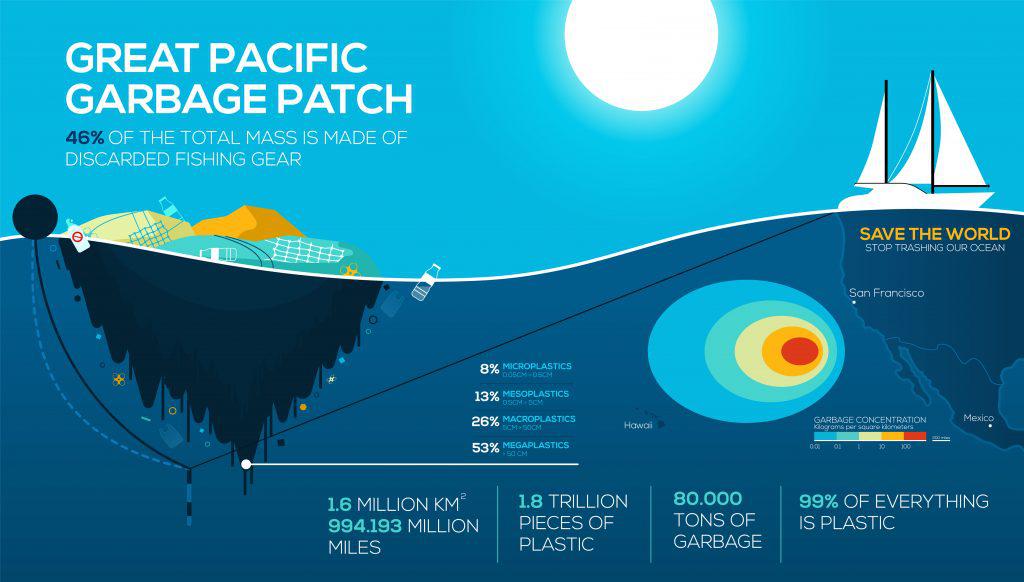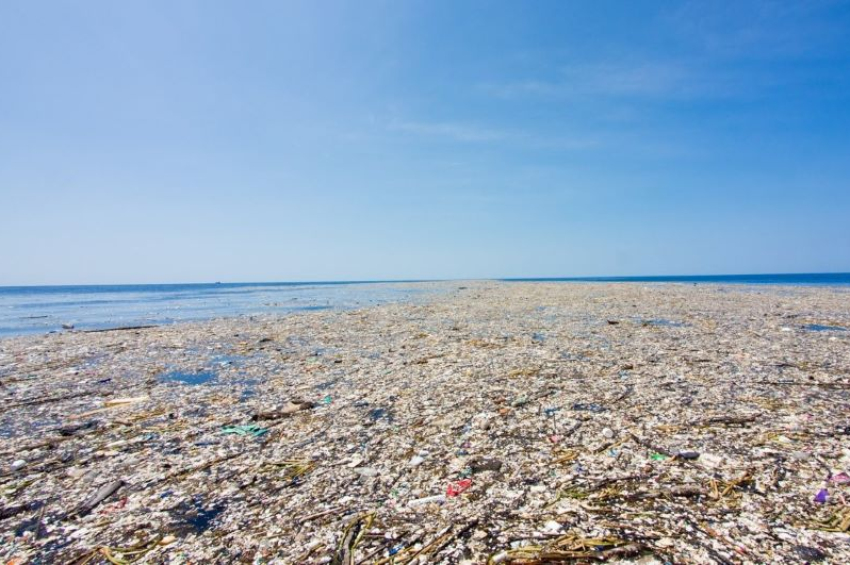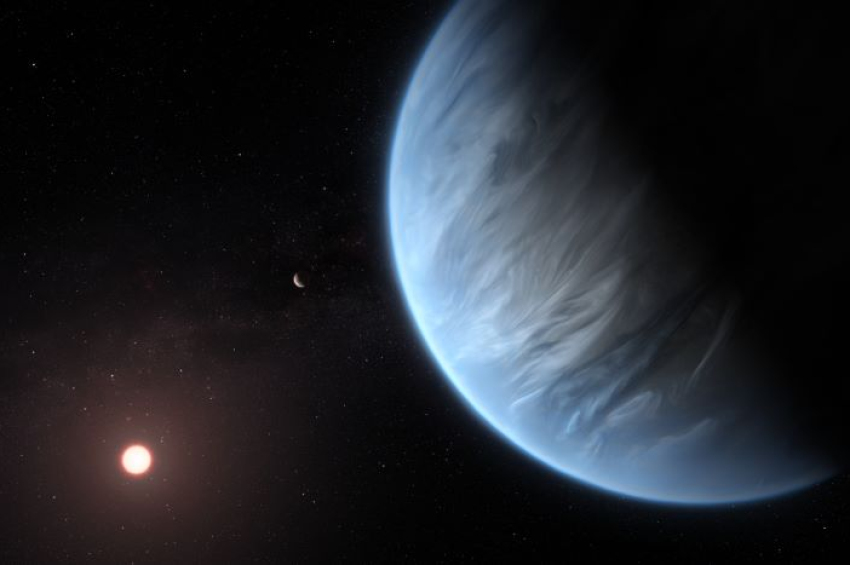Plastic-eating fungus found in the Great Pacific Garbage Patch
Nature is stepping up in the fight against the human-made plastic pollution. Scientists have discovered a fungus thriving on the Great Pacific Garbage Patch that can break down plastic waste, according to a new study published in the journal Science of the Total Environment.
This fungus, named Parengyodontium album, was found among the layers of microbes living on the floating plastic debris in the North Pacific. It is the fourth known marine fungus capable of degrading plastic. The researchers found that P. album can break down UV-exposed polyethylene, the most common type of plastic used in products like water bottles and grocery bags, and a major contributor to ocean pollution.

Study lead author Annika Vaksmaa, a marine biologist and biogeochemist at the Royal Netherlands Institute for Sea Research (NIOZ), explained, "It was already known that UV light mechanically breaks down plastic, but our results show that it also facilitates biological plastic breakdown by marine fungi."
However, this discovery doesn't mean we can rely on nature to solve the plastic pollution problem on its own.
The oceans are overwhelmed with plastic pollutants, and reducing plastic use remains crucial to prevent further damage. Removing existing plastic from the oceans is complex and costly, often disturbing marine life, the researchers say.

While the finding of P. album is promising, it's not a quick fix. In laboratory conditions, this fungus degraded UV-treated plastic at a rate of about 0.05 percent per day over a nine-day period. At this pace, it would take an extremely long time to address the massive amounts of plastic in the Great Pacific Garbage Patch and the millions of metric tons entering the oceans annually.
Nonetheless, the discovery is encouraging, suggesting that there may be more plastic-eating organisms yet to be found. Marine fungi have adapted to break down complex carbon-based materials and more species are likely to follow the suit.
The 1.6-million-square-kilometer Great Pacific Garbage Patch - about twice the size of Texas or three times the size of France - is responsible for the death of thousands of large oceanic creatures every year, acting as a trap for whales, sharks, birds and other animals.
More to read:
Africa is splitting to form a new ocean
There’s an estimated 80,000 metric tons of plastic there with a concentration of 10–100 kilograms per square kilometer; as much as 92% of the 1.8 trillion plastic pieces in the patch constitutes objects larger than 0.5 centimeters.
Learn more about plastic pollution of Earth's oceans from the UN Environment Program.
***
NewsCafe relies in its reporting on research papers that need to be cracked down to average understanding. Some even need to be paid for. Help us pay for science reports to get more interesting stories. Use PayPal: office[at]rudeana.com or paypal.me/newscafeeu.







